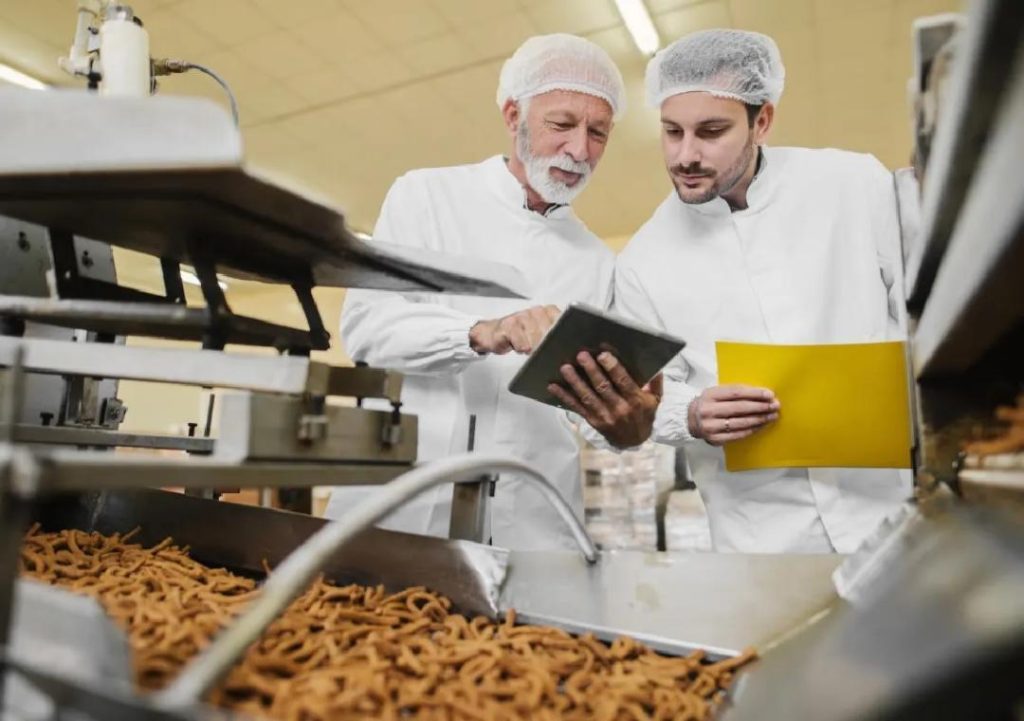
Can P&L Optimisation Redefine Success in Food Technology?
The food technology industry has witnessed rapid growth in recent years, driven by increasing consumer demand for convenience, sustainability, and digital innovation. However, with this growth comes the need for food tech companies to streamline their operations to remain competitive and profitable. One key area where companies can achieve this is through P&L (Profit and Loss) optimisation.
P&L optimisation involves the use of automation, smart inventory systems, and data analytics to improve profitability by reducing waste, sharpening demand forecasting, and supporting better decision-making. By adopting scalable models, food tech companies can boost margins, ensure sustainable growth, and stay ahead of the competition.
The Benefits of P&L Optimisation in Food Technology
- Reduced Waste: P&L optimisation enables food tech companies to track inventory levels, monitor production, and identify areas where waste can be reduced. By implementing lean manufacturing principles, companies can eliminate unnecessary production, reduce packaging waste, and lower energy consumption.
- Improved Demand Forecasting: Advanced data analytics and machine learning algorithms can help food tech companies forecast demand more accurately. This allows them to adjust production levels, manage inventory, and reduce the risk of overstocking or understocking.
- Better Decision-Making: With access to real-time data and insights, food tech companies can make informed decisions about pricing, production, and inventory management. This enables them to respond quickly to changes in the market, adapt to new trends, and stay competitive.
- Increased Efficiency: P&L optimisation can help food tech companies streamline their operations, automate processes, and reduce manual errors. This leads to increased efficiency, improved productivity, and lower costs.
- Competitive Advantage: By adopting P&L optimisation strategies, food tech companies can gain a competitive advantage in the market. This is particularly important in the food industry, where companies must differentiate themselves to stand out in a crowded market.
Real-World Examples of P&L Optimisation in Food Technology
- Smart Inventory Management: Food tech company, HelloFresh, uses data analytics and machine learning algorithms to manage its inventory levels. This enables the company to predict demand more accurately, reduce waste, and improve its supply chain management.
- Automation in Production: Company, Impossible Foods, uses automation in its production process to reduce costs, increase efficiency, and improve product quality. This includes the use of robots and automated packaging systems.
- Data-Driven Decision-Making: Food tech company, Blue Apron, uses data analytics to inform its decision-making. This includes tracking customer behavior, analyzing market trends, and adjusting its menu offerings and pricing strategies accordingly.
Challenges and Opportunities in P&L Optimisation in Food Technology
- Data Quality: The quality of data is critical to P&L optimisation. Food tech companies must ensure that their data is accurate, complete, and up-to-date to get the most out of their optimisation efforts.
- Integration: P&L optimisation requires the integration of various systems and processes. Food tech companies must ensure that their technology stack is compatible and can communicate effectively.
- Cultural Change: P&L optimisation requires a cultural shift within food tech companies. Employees must be trained to use new systems and processes, and the company must adopt a data-driven mindset.
- Scalability: As food tech companies grow, their P&L optimisation strategies must be scalable. This requires the implementation of flexible and adaptable systems that can evolve with the company.
Conclusion
P&L optimisation is a critical component of success in the food technology industry. By streamlining operations, reducing waste, and improving demand forecasting, food tech companies can boost margins, ensure sustainable growth, and stay competitive. As the industry continues to evolve, P&L optimisation will play an increasingly important role in helping companies adapt to changing market conditions and stay ahead of the competition.
Sources:
https://www.growthjockey.com/blogs/p-and-l-operations-in-food-tech






